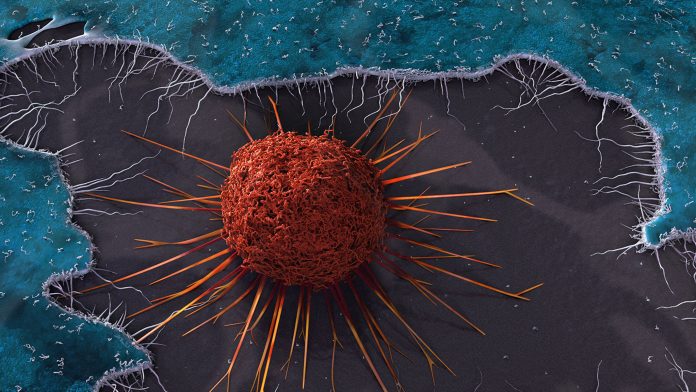
Research led by the Fourth Military Medical University in Xi’an, China, shows that the action of a specific micro (mi) RNA can suppress cervical cancer growth and that mimicking and boosting this action could be used as a therapeutic approach for these patients.
The team found that higher levels of miR-145 were linked with lower levels of metabolic reprogramming, a cellular feature linked with tumor progression. Presence of this miRNA appeared to prevent cervical cancer cell lines from proliferating and metastasizing by stopping aerobic glycolysis from feeding the tumor proliferation process.
Vaccination against human papillomavirus (HPV) and regular HPV screening tests have helped reduce cervical cancer rates and allowed early detection, which increases the chance of treatment success. But stats from 2018 suggest that only 25% of 10-year-old girls had the vaccine in 2018. Therefore, there is still a call for better treatments, particularly for more advanced cases.
“Nearly half a million women are diagnosed with cervical cancer each year, with the incidence of cervical cancer stabilizing or rising in low-income and middle-income countries,” write the authors in the FASEB Journal.
“Cancer cells use metabolic reprogramming to meet the needs of rapid proliferation, known as the Warburg effect…miRNAs have a wide range of effects on gene expression and diverse modes of action, and they regulate genes for metabolic reprogramming.”
In samples from patients with cervical cancer, miR-145 levels were lower than those seen in healthy cells and people with more advanced or metastatic cancer had lower miR-145 levels than individuals with less severe disease.
Looking into the biological mechanism in more detail, lead author Kun Yang, a senior researcher at the Fourth Military Medical University, and colleagues found that miR-145 can bind to the cancer promoting gene MYC, which plays a role in regulating glycolysis.
In a mouse model of cervical cancer, use of miR-145 mimics reduced growth of the cancer, silenced tumor proliferation marker Ki-67, and extended the survival of the animals suggesting this could be a new treatment approach for this type of cancer.
“We provide compelling evidence that miR-145 inhibits the glycolysis of cervical cancer cells by regulating MYC,” write Yang and colleagues, a finding in line with earlier research showing the tumor suppressive effect of miR-145 in other cancers.
However, “miRNAs can target interacting genes to make them dysfunctional and act as tumor-promoting signals. Since a large number of genes are involved in cell metabolism, we cannot exclude the possibility that miR-145 regulates the metabolic process by targeting other genes,” they caution.











